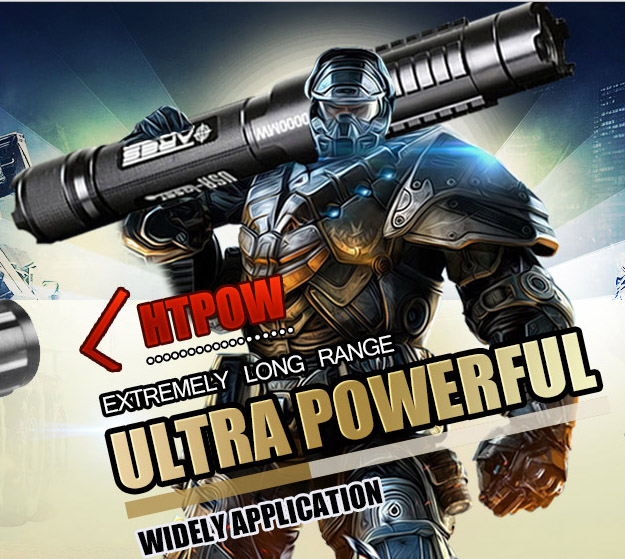Comparing the top two bars, we see how color affects a visual interference distance. The 1 mW red pointer has a glare distance of 255 feet, compared to the same power green laser, which can cause glare at 490 feet.Similarly, the bottom two bars show that the green laser pointer has much longer visual interference distances than the blue laser — even though they both are the same power and thus have the same NOHD distance.Comparing the 5 mW green pointer to the 500 mW green pointer, we see how power affects hazard distances.
The 500 mW laser is 100 times more powerful, but the glare distance is only 10 times greater. Although the numbers are not shown on this chart, the same effect happens to the NOHD. The 500 mW laser’s NOHD is only 10 times the NOHD of the 5 mW laser, despite being 100 times more powerful. Before a laser pointer can be disposed, you need to ensure that it can no longer be operated any more. After which, the laser pointer can be disposed of like other electrical/electronic goods.
However, I believe that orange, yellow and green lasers should be no more dangerous and at least a little safer than red ones of the same brightness as opposed to the same power. This is because a red laser needs more power to match the brightness of an orange, yellow or green laser pointer .Thats not what the lidar guns send or receive so it would be the equivalent of trying to jam with a strobe light.

This will have a 3 to 5 mW maximum output. The laser diodes in older/cheaper laser pointers produced light at 670 nm (deep red). Newer/better ones are in the 650 to 635 nm range (red to orange-red, which appears many times brighter, mW for mW than 670 nm). Someday, we will see inexpensive diode laser based laser pointers at all colors of the spectrum – someday.
Now, I think for the first time ever, researchers at the National Taipei University of Technology in Taiwan have transmitted data using lasers – not high-powered, laboratory-dwelling lasers; handheld, AAA-battery laser pointers. The setup is rather simple: The engineers took a red and green laser pointer.Green laser pointers emit a wavelength of 532nm, red is 635nm, and the blue burning laser pointer diodes in our jammers are 904/905nm. Using a wavelength other than 905nm would be pointless and wouldn’t work.
PHE staff have examined many laser pointers available to the general public in order to assess their laser Class and have found a significant proportion of these products to be Class 3B lasers. The body’s natural aversion responses are unlikely to provide adequate protection from eye injury for Class 3B laser pointers.
Laser pointers have been used as presentational aids by professional trainers for many years, with no reported incidents in the UK. They are usually portable, low powered, battery operated, hand held 3000mw laser devices.Laser pointers emitting light with the laser wavelength which is closer to the eye’s peak response are therefore capable of producing the adequate visual stimulus at lower radiant powers.
http://us.dewalist.com/1/posts/10/126/113214.html



michale